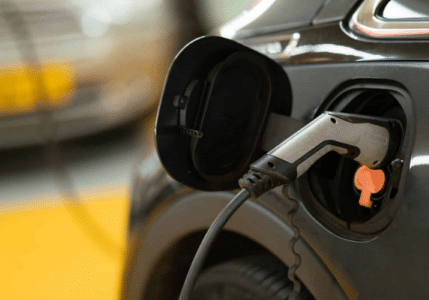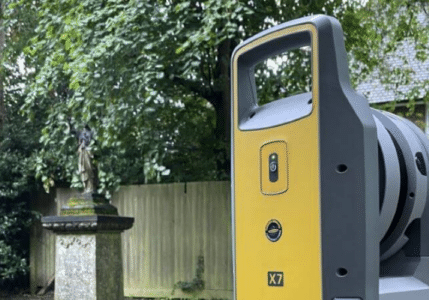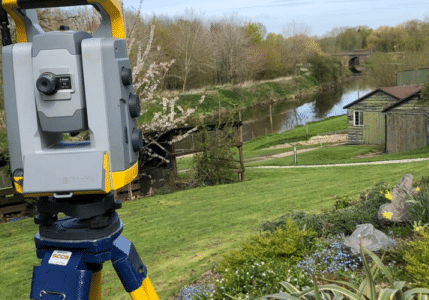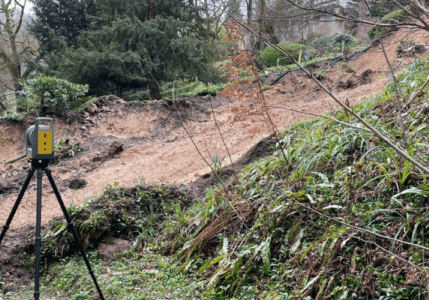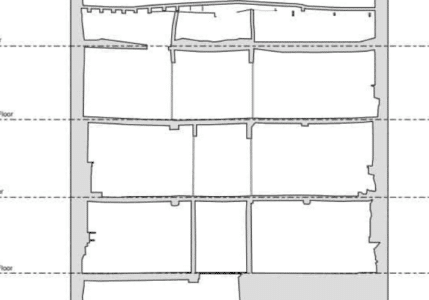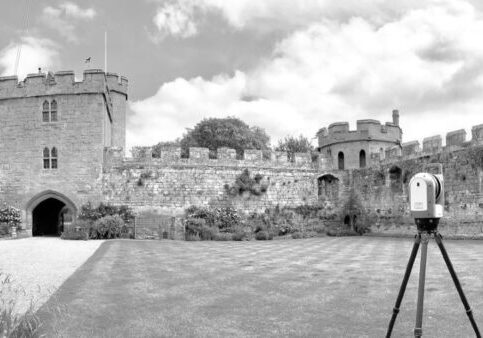Matterport Tour Advantages
The advantages for architects & building conservationists of using Matterport tours created with the new Matterport Pro 3 camera.
Matterport Pro 3 3D camera is revolutionizing the way architects and building conservationists approach their work. With this camera, Matterport tours of existing buildings can be created, which offer several advantages over traditional documentation methods. The on-board LiDAR sensor gives greater accuracy and can provide additional 3D information.
One of the biggest advantages of using a Matterport tour is that it provides a complete 3D representation of the building, which includes both the interior and exterior. This level of detail is crucial for architects and conservationists, as it allows them to see every nook and cranny of the building, which can be difficult to capture using traditional methods. The Matterport tour can also be annotated, which means that architects and conservationists can highlight specific areas of interest, such as cracks or other structural issues, that need to be addressed.
Another advantage of using Matterport tours is that they provide an immersive experience for architects and conservationists. This means that they can explore the building as if they were physically present, which allows them to get a better understanding of its layout, structure, and overall condition. This can be particularly helpful when working on buildings that are located in remote or difficult-to-access areas, as it eliminates the need for multiple site visits.
Matterport tours also allow architects and conservationists to collaborate more effectively with their clients and colleagues. They can share the tours with others who may not be able to visit the building in person, which can be particularly useful for remote or international projects. The tours can also be used to communicate ideas and suggestions more effectively, as they provide a clear and detailed visual representation of the building.
Using Matterport tours can also help architects and conservationists save time and money. Traditional documentation methods can be time-consuming and require multiple visits to the building, which can be costly in terms of both time and money. By using a Matterport tour, architects and conservationists can capture all the necessary information in a single visit, which saves time and reduces costs.
Finally, Matterport tours can be used to create virtual walkthroughs for potential buyers or renters. This can be particularly useful for historic or unique buildings, as it allows potential buyers to experience the building before committing to a purchase or lease. It can also be helpful for architects and conservationists, as it allows them to see how their proposed changes or renovations will look in the context of the building.
In conclusion, Matterport tours created using the Matterport Pro 3 camera offer several advantages for architects and building conservationists. They provide a complete 3D representation of the building, allow for immersive exploration, enable effective collaboration, save time and money, and can be used to create virtual walkthroughs. As the technology continues to evolve, we can expect to see even more innovative uses for Matterport tours in the field of architecture and building conservation.
Steve Bury is the Managing Director of Bury Associates, a land and measured building survey company based in the UK. With over 40 years of experience in surveying, Steve Bury established Bury Associates in 1997 to combine the provision of high quality digital surveys with exceptional customer service. Steve has also designed software applications for measuring buildings to automatically create survey drawings.

